Artist: Kaitlin Trataris (authored by ktrataris)
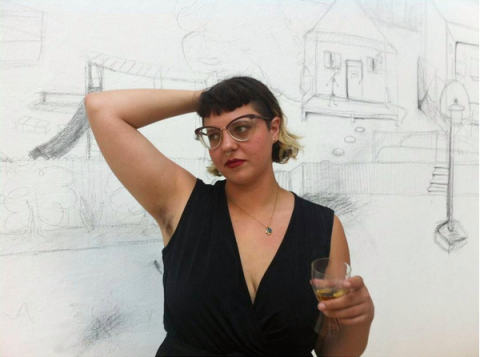 Submitted by ktrataris on
Submitted by ktrataris on
 Submitted by ktrataris on
Submitted by ktrataris on
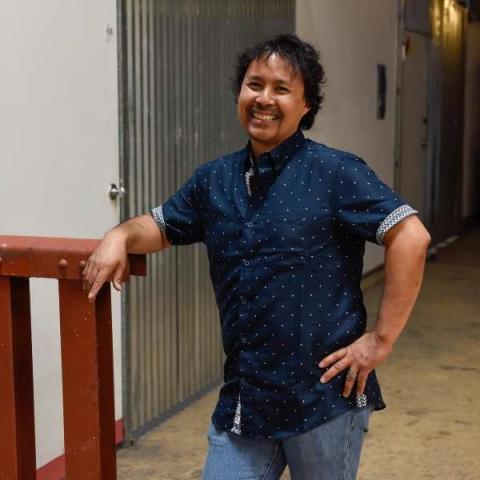 Submitted by rbulan on
Submitted by rbulan on
Submitted by carlabratt on
Close to 25 years ago Carla Bratt attended her first gourd workshop in Berkely, California. Since childhood art had always held an integral role in her life, yet none of her past creative experiences would compare with the love affair she would eventually undertake with gourds. Gourds presented Bratt with an infinite number of shapes and endless numbers of sizes; complex curves, smooth surfaces and the golden glows of each one challenged her imagination. She realized that working with an organic object had it's own unqiue soul, providing an unlimited number of creative posssibilities and potentials.
Cutting, carving, burning, painting embellishing and weaving-Over the years Bratt has employed countless techniques on her gourds, most self taught and even some self invented, such as the use of encaustic wax applications . Using pyroengraving, painting, carving and metal leaf as a center, Bratt couples her creative intellect with processes from collage work, photography and printmaking to guide her artistic journey.
Finding her inspiration in quiet thoughts, random reflections and charming epiphanies, an individual gourd by Bratt might offer the viewer the timelessness of a Navajo rug, a creature of the deep sea or the mysterious iconography of ancient and diverse cultures. Each piece she produces is an attempt to capture a moment in the mind's eye through a splash of color, the smoothness of polished abalone or the flash of a bird's feather. Bratt also finds her inspiration in the trueness of nature's beauty, never forgetting how fragile our earth home is, but also honoring it's strength and resilience.
Along the path of Bratt's creative journey, she discovered the tradtional art of Japanese fish printing or "gyotaku". Working in both traditional and non tradtional ways with her fish prints, she offers delicate, realistic prints and fish print collage work mounted on board and canvas.
Recently, Bratt purchased an etching press and has set up a second studio, aside from her gourd art studio, to explore the world of printmaking. Her background in gourd design work has successfully transferred over to her print work. Eventually, Bratt's goal is to offer both fine art gourds and art prints, celebrating the exciting space between the heart and soul of human connectedness with nature, as well as with each other.
Now showing in West Coast galleries and retail stores, Bratt's work has also been published in two Lark Publication books : Beyond The Basics: Gourd Art and Gourd Art: Southwestern Techniques. Her work has achieved many awards and is found in collector's homes and businesses, both nationally and internationally.
"It has been such a long and rewarding process, this gourd art trip of mine. Along the way I have discovered myself, acquired life long friends, branched out to new art processes and learned to look at life's never ending connections and reconnections-all the while valuing the journey that continues to delight and surprise me.. Thre is not a moment in my life that holds a whisper of boredom!" Carla Bratt; fine art gourd artist, printmaker and multi media collage creator.
Submitted by M Brunner on
The inspiration for my HumanTreeRobot Series comes from a subject, usually solitary, presented in a lean environment, surrounded by color that enshrouds and highlights. I choose a single subject to convey the idea of focusing on the one in order to better understand the collective. In the instance of a tree, we engage one, before knowing the care, or use, of many. With a human figure (or pair); who we are as individuals helps us to better understand a couple, a group, a society. A series of robots stand silently, touching on the benefits or dangers of technology. In these representational works, subjects often convey a sense of history or melancholy. I relate this to paths taken, or the balance of what was and what is to be. Through my paintings, I strive to achieve a sense of discovery, where at first glance there seems to be a singular subject, but upon further inspection, one can journey deeper into the subtext, exploring a balance between art, artist and viewer.
Submitted by Samuel Fleming Lewis on
My vehicle for self expression has always been through creating art and practicing interior design. I balance two creative careers equally as a visual artist and as a partner of INSTUDIO interior design. My contemporary aesthetic in art and design is shaped by my passion for art, architecture, craft and designs from global periods, styles and cultures.
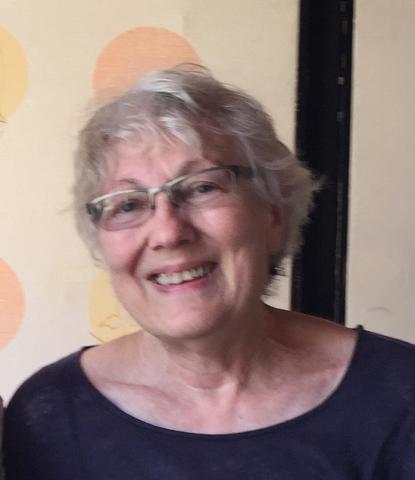 Submitted by Joan Schulze on
Submitted by Joan Schulze on
Collage is wonderfully open ended and it appeals to many artists of all ages, experience and skill. It is a forgiving process. There are those who practice perfection which can dazzle even the most jaded. Others like myself, move quickly through ideas, moving along in an expedient way, layering over mishaps, building to a conclusion without regard to ‘proper’ technique and materials. My intent as an artist and writer is always to find the poetry in the materials while being in the moment to reach something that feels fresh and new. I offer this poem, a collage of words that I wrote in 2009.i
What is Left Out
syllable by syllable
line by line
shunning adjectives
evading metaphors
silent, impatient connections
dots of the imagination
this seamless composition
once finished echoes
like the singing bowl,
struck once
reverberating
over and over
Joan Schulze
Submitted by pochaarte on
Submitted by saorirussell on
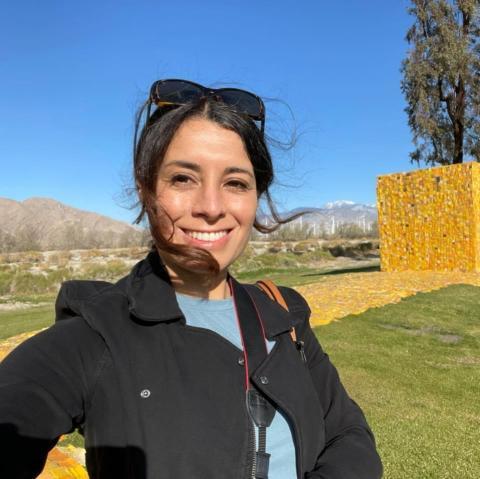 Submitted by bdwaldman on
Submitted by bdwaldman on
For three decades now, I have been setting up camp around the world. From my Princeton sandbox to the Plaza
of Sonoma, I have worked from what is revealed by site and the fingerprints I impart always with the help of
strangers. From Houston to San Francisco, from Rome to Rio, from Bangkok to Barcelona, I have immersed myself in extreme urban environments. My most current work of the past 2+ years finds inspiration from a 2010 trip to my maternal homeland Arequipa, Peru and a 2013 trip to "The Motherland" Greece. The building blocks from both cultures serve as the cells for my two dimensional constructions. My art considers site, community, material and experience using architectural language and materials from or inspired by imaginary & actual sites. From the visual language of selected landscapes and the stories of those residing in those spaces, the framework for my artwork is constructed.
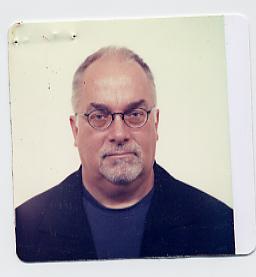 Submitted by dennispotter on
Submitted by dennispotter on
DENNIS POTTER
May 2013
For the past ten years I have constructed painted paper kimonos based on a model from traditional
Japanese Buddhism. This kimono, or hakui, is a simple garment worn by all Buddhist pilgrims who
circumambulate the island of Shikoku in Japan. This garment works as a metaphor for experience and
memory because it is inscribed with both printed seals and brush painted blessings and sutra, or poems
written by monks that the pilgrim visits wearing the kimono. Thus, it is a skin of the pilgrim's
experience that is transformed by art and by the experience itself. Walking the long and (historically)
treacherous path the kimono becomes worn, stained, rain washed, and layered/faded with the art works
describing the experience, attesting to the pilgrimage. My work has been reformed and focused by this
discovery and it provides me with a new, spiritual and purposeful context.My kimonos are a kind of
multicultural hybrid or "quote" of the Asian Hakui and a more painterly, Western inflected process that
is my own.
I am a mature artist with over 40 years of painting experience and feel newly freed by using the Hakui
model. It provides me with a purpose for my own work, one that implies memory and loss,
functionality, and a context that although borrowed and implausible, informs my work with
significance in the light of the pilgrim experience. I have been living in Taiwan with my Taiwanese
partner who lost his US visa as a result of 9/11 and teaching HS Art in International schools for over
two years now. Our move to Taiwan is a pilgrimage of my own. I find that my own pilgrimage in Asia
and my experience here re-constructs the images and context of the kimonos ... the actuality of living in
Asia is so different from the imaginary.
This body of work includes paper reconstructions of kimono, priest robes (Kesa) and the paintings,
prints, and drawings that eventually become Kimonos. Kesa are made by wealthy parishioners and
given to monks and priests who are not allowed to own luxury goods, so the rich fabrics of the kesa
have been cut, pieced like quilts, and remade as non-luxury, scrap, recycling. This traditional practice
of remaking art in Asia is ancient, and suggests many post-modern appropriation practices in
contemporary Art from the West. Most Japanese Kesa are gold embroidered and sumptous though some
are plain, mine are paper and cloth and brush-painted and processed as a Western painting would be.
My eventual goal is to make a show that resembles the curio cabinets of the 19th Century explorers, a
collection of these objects as signs of a hybrid faux-culture that reflects my actual experience via
appropriated forms and quirky personal processes, as does my own pilgrimage in Asia now.